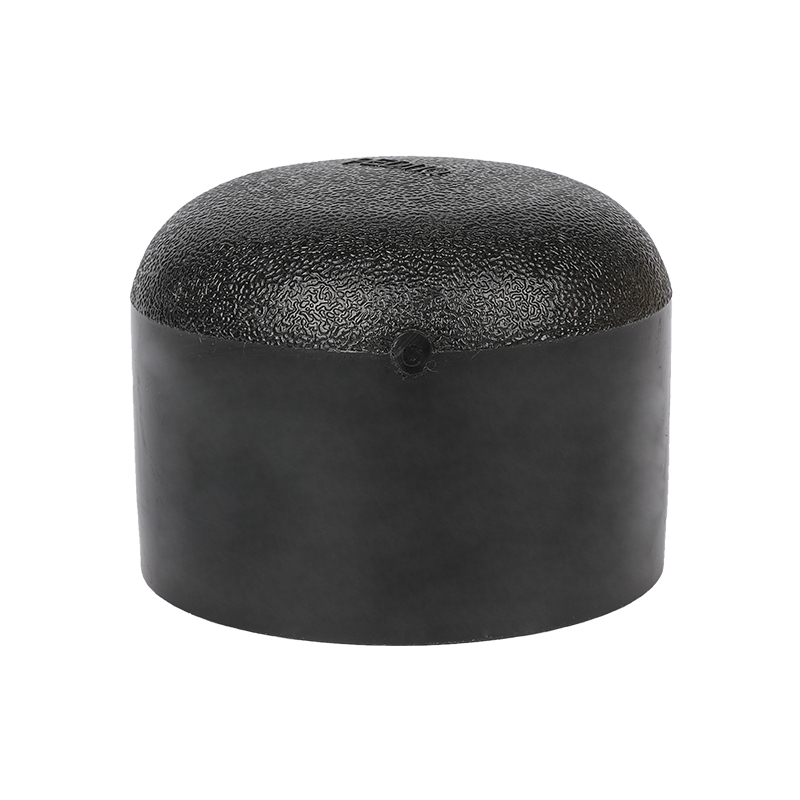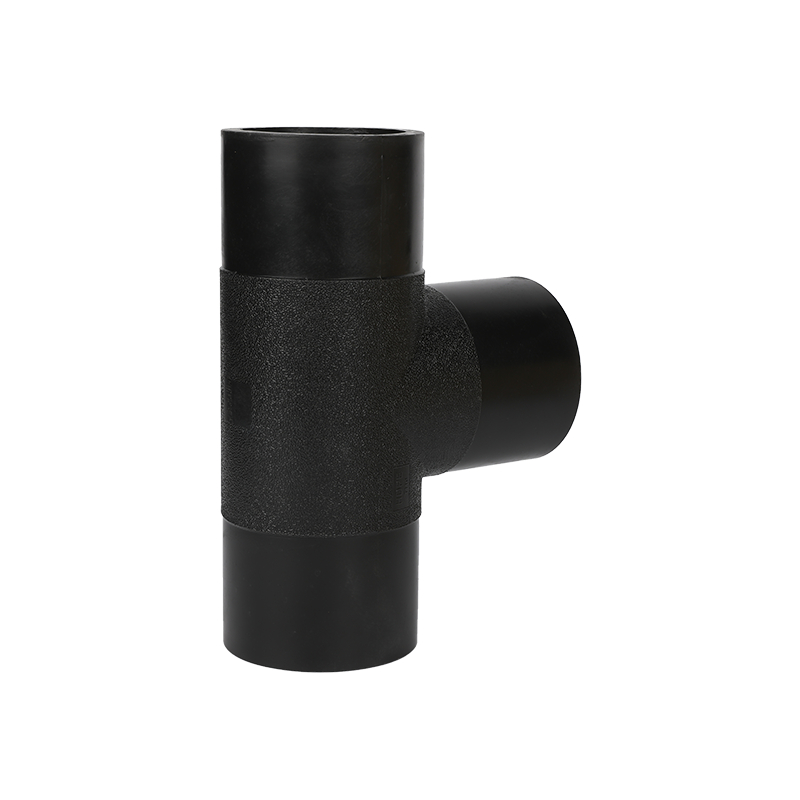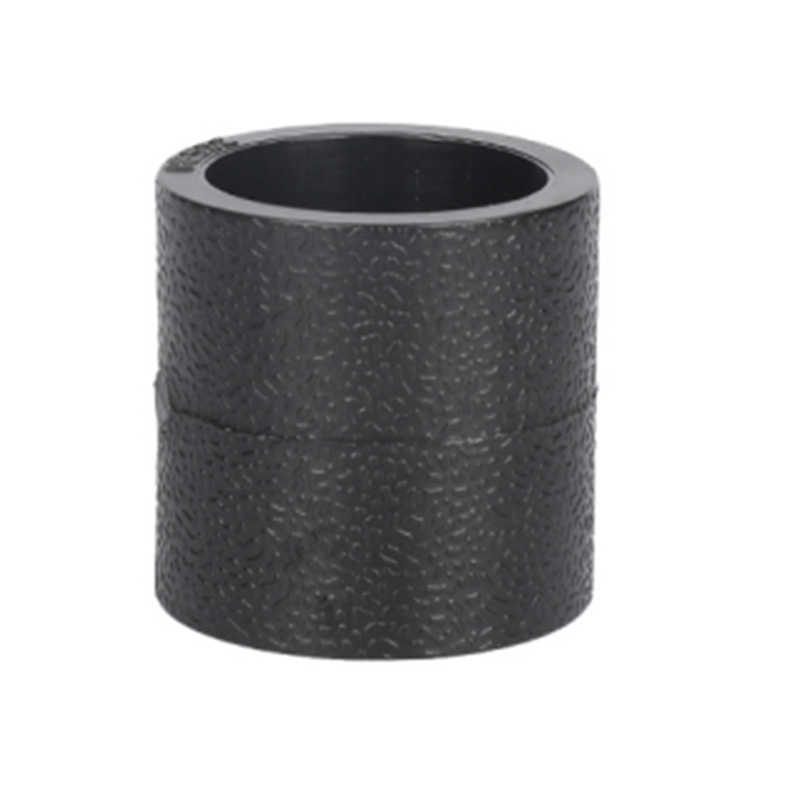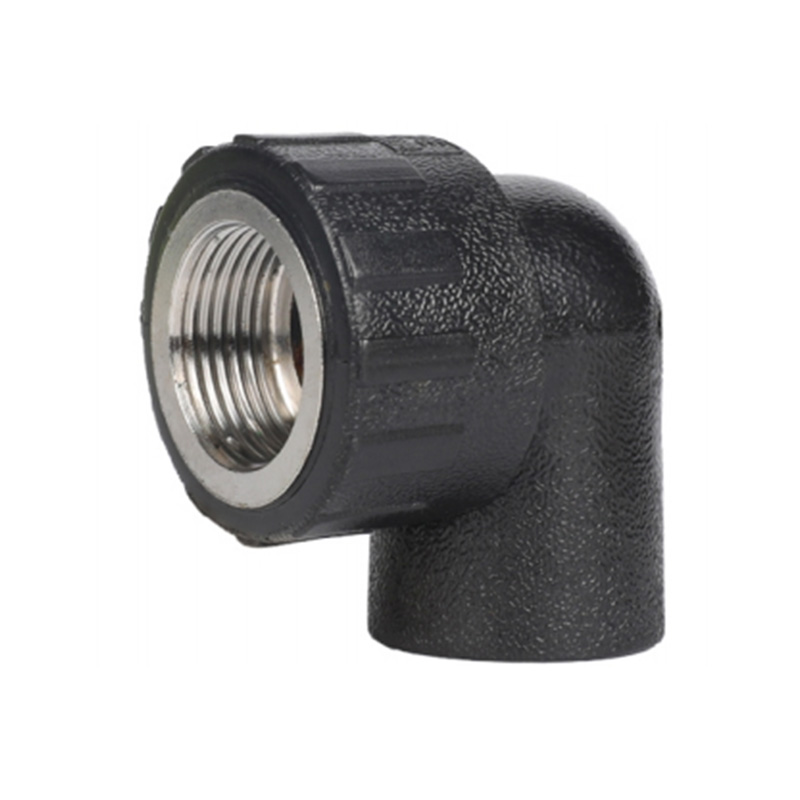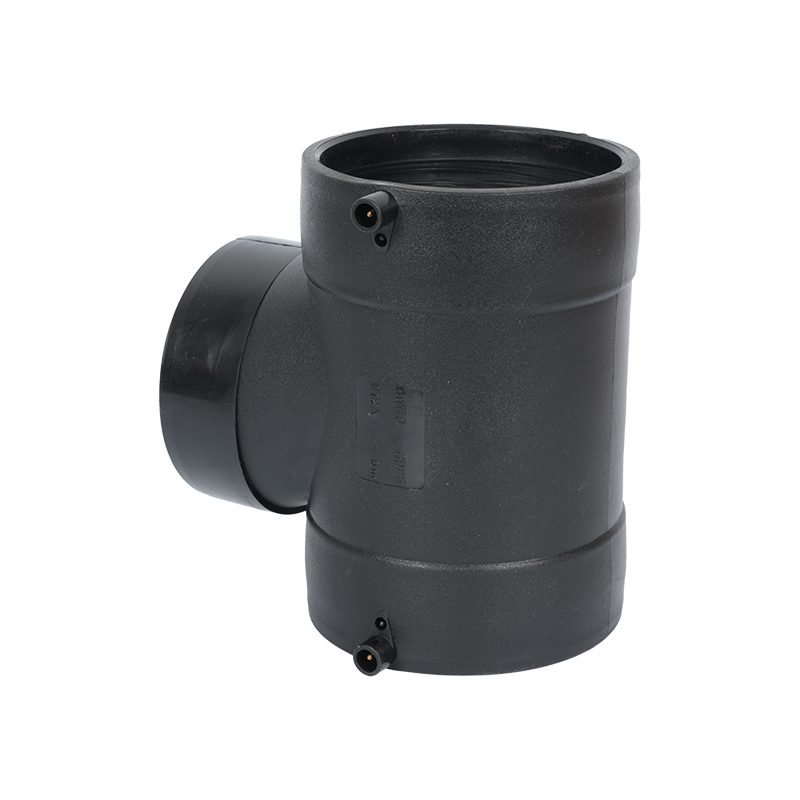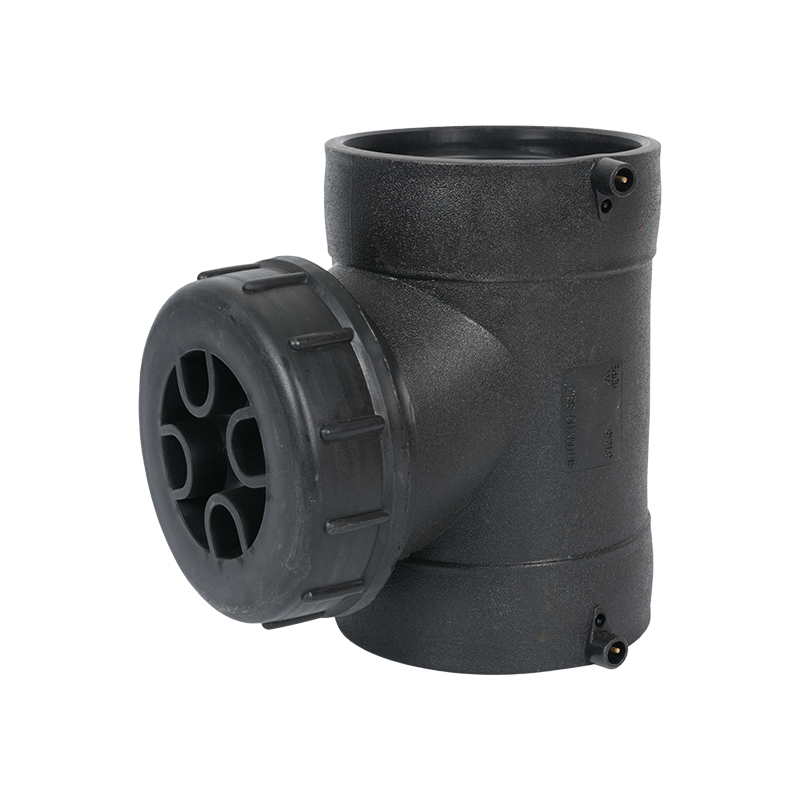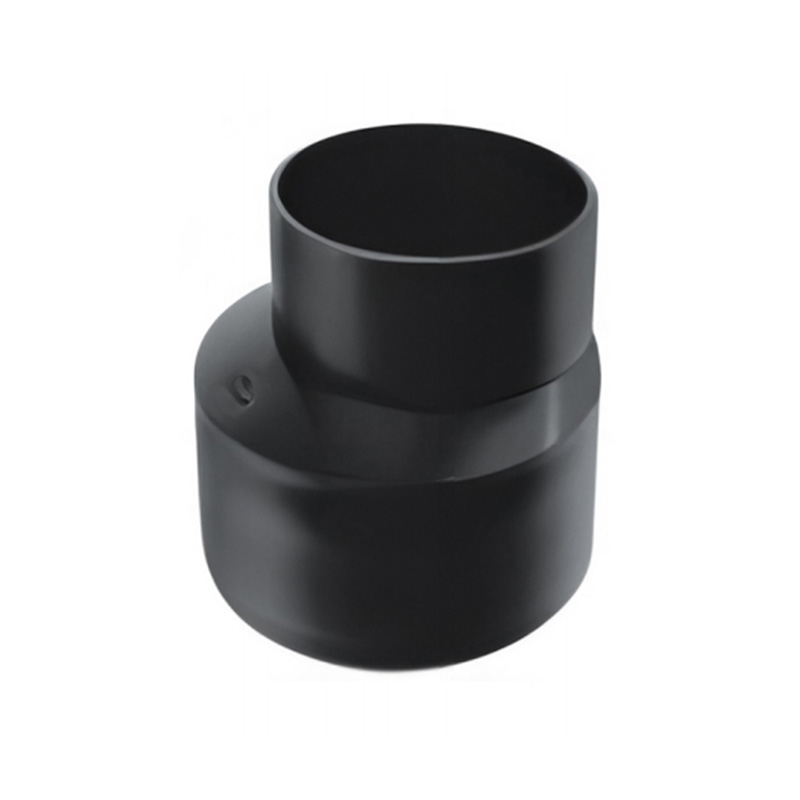What are the specific advantages of using HDPE butt fusion fittings in underground installations
 2024.08.22
2024.08.22
 Industry news
Industry news
Leak-Free Joints: HDPE butt fusion fittings utilize a welding process that ensures a seamless and homogeneous joint between the pipe and the fitting. During butt fusion, the ends of the pipes are heated until they reach a molten state, then pressed together to form a continuous, uniform bond. This method creates a joint with no potential weak points or gaps, making it highly resistant to leaks. In underground installations, where detecting and repairing leaks can be both difficult and costly, the leak-free nature of HDPE butt fusion joints provides a significant advantage by minimizing the risk of water loss and system failure.
Corrosion Resistance: Unlike traditional metal piping systems, HDPE is inherently resistant to a wide range of corrosive substances, including soil chemicals, salts, and acids. This resistance is due to the molecular structure of HDPE, which does not react with these substances. As a result, HDPE butt fusion fittings maintain their integrity and performance over time, even in aggressive soil conditions that would typically cause metal pipes to deteriorate. This corrosion resistance ensures a longer lifespan for the piping system, reducing the need for frequent replacements and maintenance.
Flexibility: HDPE pipes and fittings are characterized by their significant flexibility, which allows them to bend and adjust to changes in their environment without breaking. This flexibility is particularly beneficial in underground installations where ground movement, shifting soil, or seismic activity can exert forces on the piping system. HDPE’s ability to accommodate these stresses without cracking or failing helps to maintain the structural integrity of the system, providing a reliable solution even in dynamic or challenging ground conditions.
Durability: The durability of HDPE butt fusion fittings is a key advantage in underground applications. HDPE is resistant to various forms of physical stress, including impact, abrasion, and environmental stress cracking. This durability is essential for maintaining the performance of underground systems, which are subject to harsh conditions such as high soil pressures, fluctuating temperatures, and exposure to chemicals. HDPE’s robustness ensures that the fittings can withstand these conditions and continue to perform effectively over a long service life, often exceeding 50 years.
Cost-Effective Installation: The installation of HDPE butt fusion fittings offers several cost-saving benefits. HDPE pipes are lighter than traditional materials like steel or ductile iron, which reduces transportation and handling costs. Additionally, the butt fusion process is relatively quick and efficient, requiring fewer fittings and joints compared to other joining methods. This efficiency translates to reduced labor costs and shorter installation times. The overall cost-effectiveness of HDPE installations is further enhanced by the material’s long lifespan and minimal maintenance requirements.
Smooth Internal Surface: HDPE pipes and fittings feature an exceptionally smooth internal surface that reduces friction and resistance to fluid flow. This smoothness is critical for maintaining high flow rates and preventing the buildup of sediments or blockages. In underground systems, where access for cleaning or maintenance can be limited, the reduced friction provided by HDPE helps to ensure consistent flow and efficient system operation. This benefit is particularly important in applications where flow performance is critical, such as in water distribution systems.
Environmental Friendliness: HDPE is a sustainable choice for underground installations due to its environmental attributes. The material is non-toxic and safe for use in potable water systems, contributing to public health and safety. Additionally, HDPE’s long service life reduces the frequency of replacements, which lowers the overall environmental impact of the piping system. At the end of its useful life, HDPE can be recycled, helping to reduce waste and support a circular economy. This recyclability further enhances HDPE’s environmental credentials and makes it a responsible choice for modern infrastructure projects.
Resistance to Root Intrusion: One of the challenges in underground piping systems is the intrusion of tree roots, which can seek out moisture and penetrate joints or seams. HDPE butt fusion fittings eliminate this problem by creating a continuous, welded joint with no gaps or weaknesses that roots can exploit. This resistance to root intrusion helps to prevent blockages and damage, ensuring that the system remains operational and reducing the need for costly repairs or maintenance. This feature is particularly valuable in areas with dense vegetation or high root activity.
KEEP IN TOUCH


